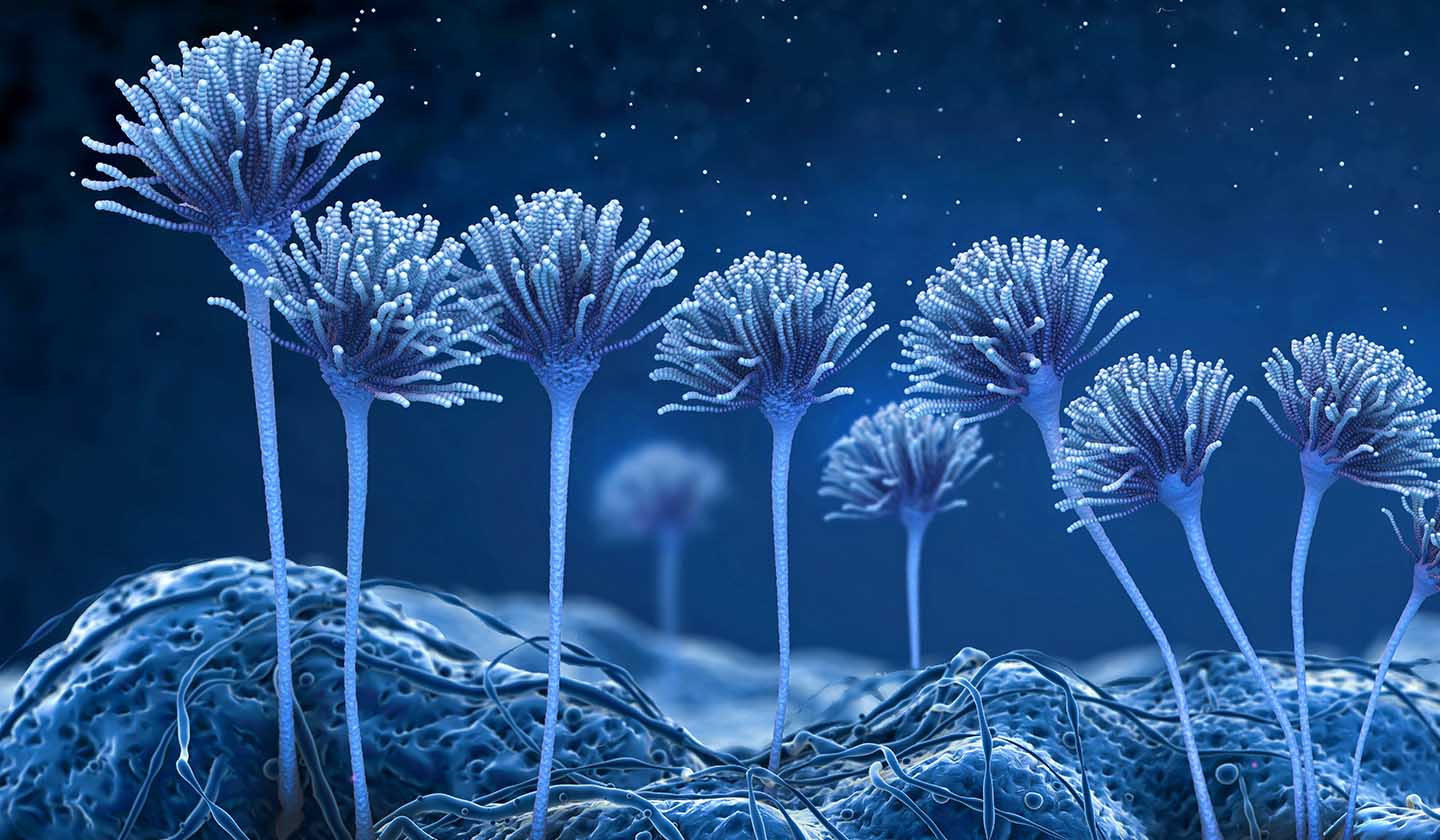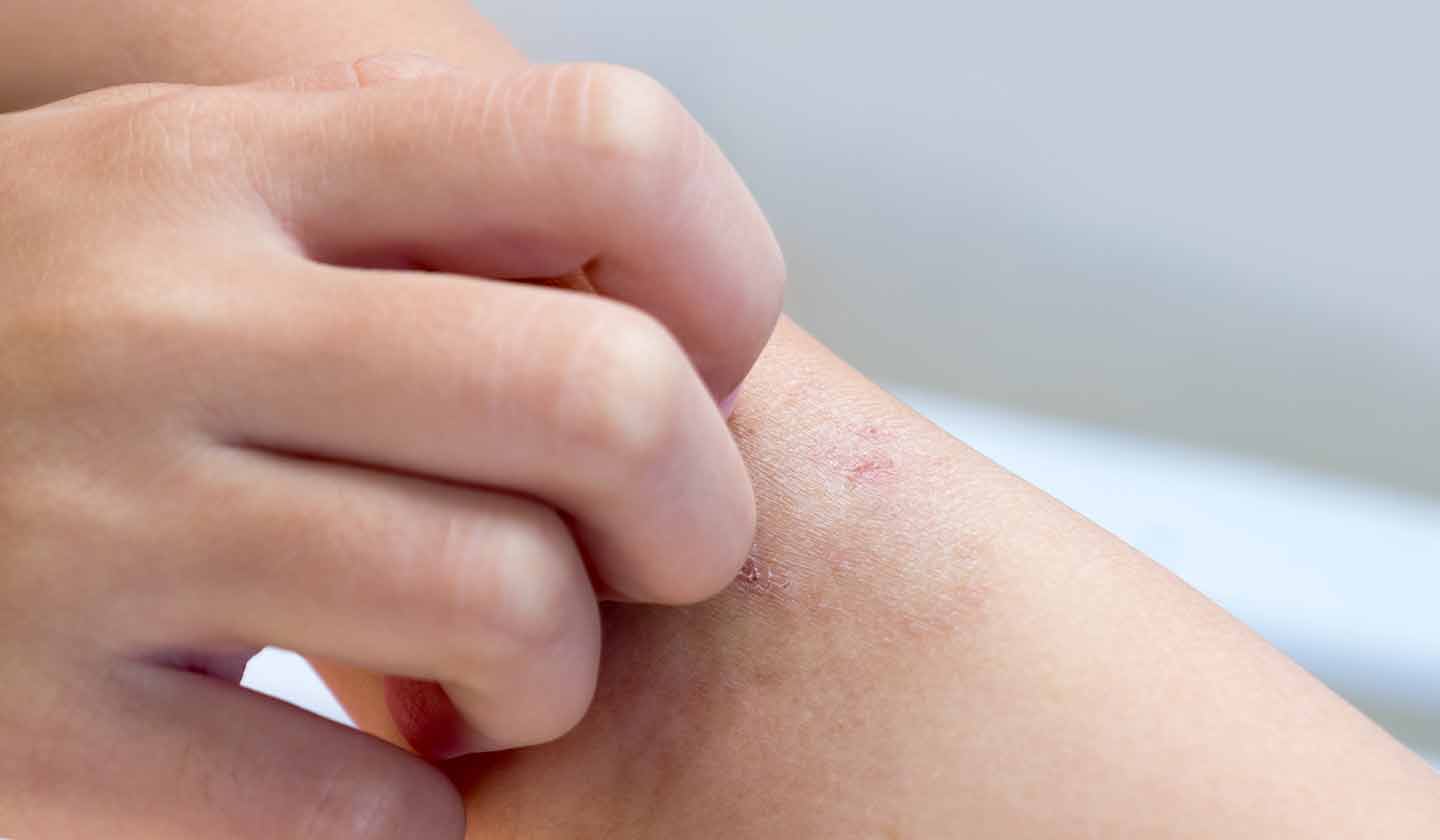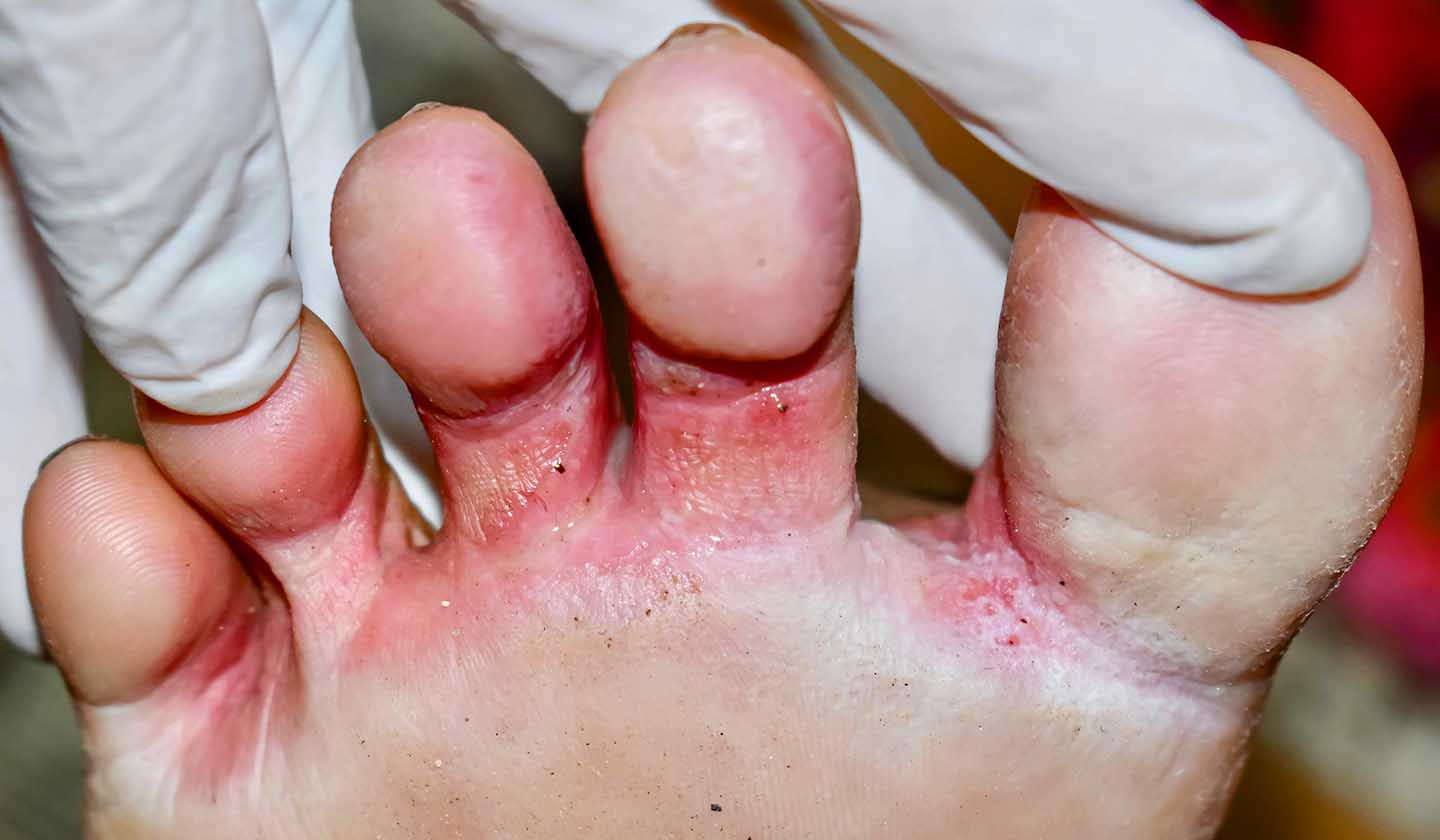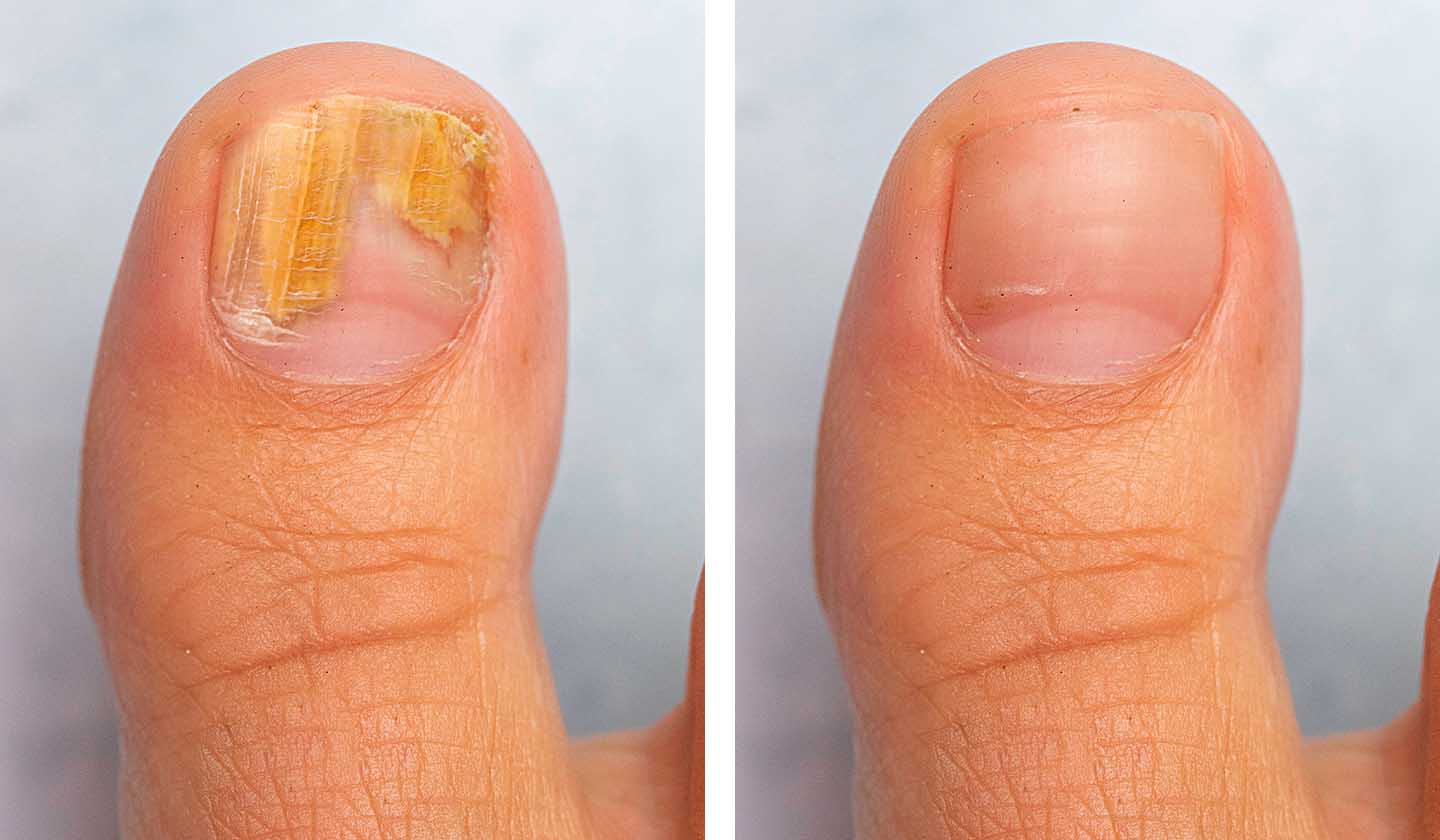Dermatology
Mycosis? Let's get on with it

Many people complain of itching in the body especially in hot weather and in humid or wet conditions. We may be in the presence of fungi that cause the so-called mycoses, so it is important to understand the characteristics of these diseases.

What are mycoses?
Mycosis is the generic name given to infections caused by fungi. There are about 230,000 types of fungi, but only 100 types approximately cause infections. Since fungi are everywhere, exposure to these microorganisms is inevitable. Under favourable conditions (such as environments with high humidity and excessive heat), these “tiny” beings reproduce and can give rise to an infectious process which, depending on the fungus or the affected region, can be superficial or deep. Fungi are usually located on the outside of the skin, around the hair or on the nails, feeding on a protein called keratin.

What are the most common types of mycoses?
The most common superficial mycosis is chilblains or “athlete's foot” (tinea pedis), which affects the skin between the toes. This can be accompanied by a bacterial infection. In some cases, healing may take several months. Onychomycosis (fungal nail infection) is also extremely common in the adult population, particularly in toenails. Pityriasis versicolor, also known as tinea versicolor, is a superficial mycosis caused by the yeast P. Ovale, and usually appears in summer, after beachgoing.

How do you usually get mycosis?
- Contact with pets
- In public showers and foot-washers of swimming-pools and saunas
- When walking barefoot on damp or public floors
- Use of shared or poorly washed towels or damp clothes for a long time
- Use of other people's clothes and footwear
- Use of cuticle pliers, scissors and non-sterile filesa

Is it possible to reduce the risk of getting mycosis?
- Always wear sandals and avoid walking barefoot on damp floors;
- Never use shared towels, especially if they are damp or poorly washed;
- After bathing, dry yourself up, especially in the fold areas, such as the space between your toes and groin
- Always wear underwear made of natural fibres, such as cotton, as synthetic fibres impair perspiration
- Make sure that all the manicure objects that you use, such as pliers, scissors and files, are sterilized. You should have your own manicure objects.
- Avoid using other people's combs or hairbrushes.

Are there any effective drugs?
There are fast, effective and safe drugs for treating mycoses. However, despite being simple, this type of treatment requires persistence. It is very common to think that the fungus is eliminated, when in fact it is not. Therefore, the patient should not interrupt the treatment when he/she feels better, and must correctly follow the treatment indicated by his/her doctor or pharmacist.
António Hipólito de Aguiar
(Farmacêutico; Docente Universitário)
Também lhe poderá interessar
Parasites
Literally, don't get scabies to scratch
Viruses






